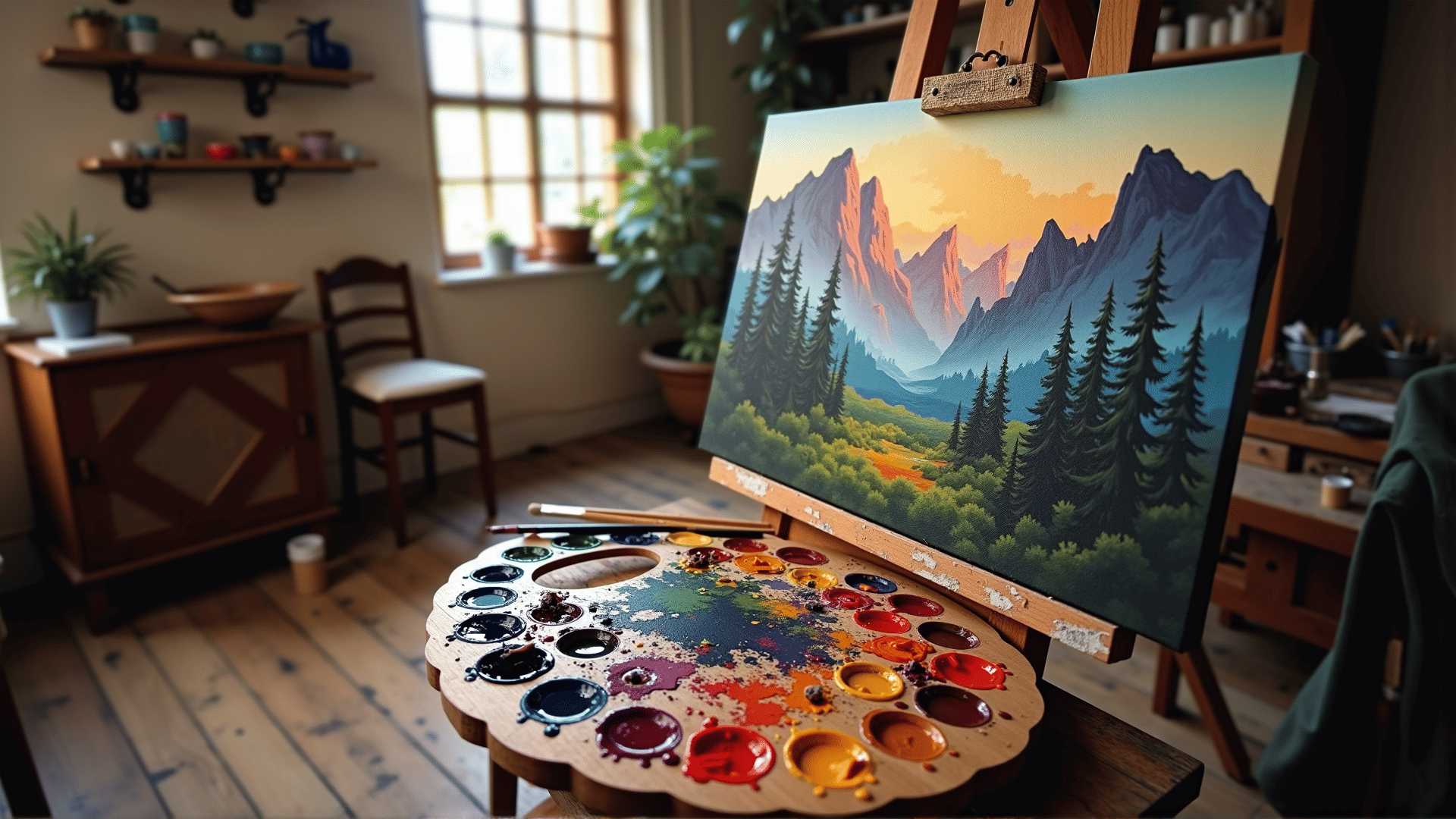Canvas painting is an art form that captivates and inspires, bridging the gap between emotion and expression. The allure of painting on canvas stems not only from the creative freedom it provides but also from the depth and vitality it brings to artwork. At Elumiland Dream Canvas, aspiring artists are immersed in a transformative journey to discover the techniques mastered by the greats, unleashing their own potential to create compelling pieces.
Brush Strokes: The Aesthetic Foundation
Every masterpiece begins with a single brush stroke, the fundamental building block of any painting. The way an artist maneuvers their brush can significantly alter the texture, movement, and emotion within a work. At Elumiland, understanding the diversity of brush strokes is crucial.
First, consider the delicate linear quality of a fine line brush. Perfect for intricate details, it permits artists to emphasize and enhance their subject matter. In contrast, the bold, sweeping motions of a flat brush create expansive backgrounds or vivid foregrounds that demand attention. Learning to control these strokes allows artists to convey depth and dimension in their compositions.
Color Mixing: The Alchemy of Art
The soul of a painting often lies within its color palette. Master painters grasp the importance of color temperature, harmony, and contrast to stir emotions and tell stories. At Elumiland Dream Canvas, artists are taught to see beyond the primary colors, delving into a sophisticated practice of mixing and layering.
Understanding the color wheel is the first step. This facilitates the creation of vivid secondary and tertiary hues, adding complexity and nuance to the work. Techniques such as glazing, where thin layers of translucent colors are applied over dry paint, allow for multi-dimensional effects and subtler shifts in tone. This method can produce the ethereal qualities often seen in the works of Renaissance masters.
Texture: Bringing Paintings to Life
Texture plays a critical role in making paintings tactile and immersive. Different techniques can be applied to add texture, drawing viewers in by tempting them to visually ‘feel’ the canvas. Artists at Elumiland explore the utility of impasto, a method where paint is applied thickly so it stands out from the surface, creating a lively, three-dimensional impression.
Moreover, using unconventional tools such as palette knives or sponge applications can yield unique textures that brushes cannot achieve. These approaches offer limitless possibilities, encouraging experimentation to discover how texture influences overall composition.
Light and Shadow: Creating the Illusion of Reality
The interplay of light and shadow breathes life into two-dimensional works, imbuing them with realism and depth. Mastery of chiaroscuro, the art of using strong contrasts between light and dark, helps artists to highlight focal points and add a dramatic flair to their paintings.
Elumiland recognizes the power of tonal variation and gradient blending to enhance realism. By strategically placing highlights and shading in a composition, artists emphasize form and volume, achieving a lifelike illusion that engages and holds the viewer's gaze.
Composition: The Art of Arrangement
An often overlooked but essential element of painting is the composition. It is the blueprint of a painting that guides both the artist and the audience through the artwork. Clarity in composition ensures that an artist’s vision is effectively communicated.
At Elumiland Dream Canvas, the balance between symmetry and asymmetry is explored to evoke harmony or tension. The use of leading lines can direct the eye, while the rule of thirds helps to distribute visual interest evenly across the canvas, instilling the painting with a sense of dynamism and coherence.
In conclusion, canvas painting is a sophisticated dance of techniques and creativity. By understanding and mastering these techniques, artists can transcend mere execution to produce pieces that resonate with viewers on a profound level. Elumiland Dream Canvas not only teaches these methods but also fosters an environment where individual expression flourishes, encouraging artists to imprint their own unique voice onto the legacy of canvas art.
